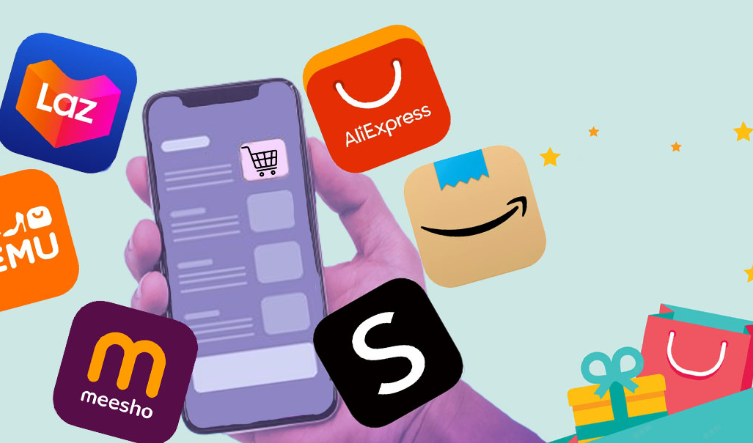In today’s digital age, consumers are constantly looking for ways to save money while shopping online. With the growing number of shopping platforms, two major tools that have emerged to help in this quest are price comparison websites and shopping apps. Both have their unique features, but which one offers the best deals? To make an informed decision, it’s important to understand the advantages and limitations of each.
Price Comparison Websites: A Broad Overview
Price comparison websites are designed specifically to help consumers compare prices across various retailers for the same product. These websites aggregate product listings from a wide array of online stores, providing a comprehensive view of the market. Some of the popular price comparison sites include Google Shopping, PriceGrabber, and Shopzilla.
The main advantage of these websites is their ability to provide a broad spectrum of options from numerous stores, allowing consumers to make well-informed decisions. They also typically include filtering options to help users sort results by price, brand, and customer ratings. This gives shoppers a clearer picture of which retailer offers the best deal based on multiple factors.
However, while price comparison websites offer great value in terms of comprehensiveness, they can be somewhat time-consuming. Shoppers must manually search for deals, and the results can sometimes be overwhelming. Furthermore, some retailers may not participate in these comparison platforms, which could mean missing out on potential savings from exclusive promotions or discounts.
Shopping Apps: Convenience and Personalized Shopping
On the other hand, shopping apps like Amazon, eBay, and Walmart provide a more streamlined shopping experience. These apps allow users to browse, compare, and make purchases directly within the app, offering convenience at the touch of a button. Many shopping apps have built-in price comparison tools or suggest better deals based on the user’s preferences and past searches.
Shopping apps are often better suited for frequent shoppers, offering personalized recommendations and tailored experiences. Features like push notifications for price drops, daily deals, and flash sales make it easier to find discounts on items that are relevant to the shopper’s interests. Additionally, these apps often have loyalty programs that reward users with exclusive discounts and points for repeat purchases.
However, one downside of shopping apps is that they may not provide as wide a range of options as price comparison websites. Some apps focus primarily on their own marketplace, limiting exposure to deals from third-party retailers. Moreover, there may be a tendency for users to focus on just one or two stores, potentially missing out on better offers elsewhere.
Which Is Better for Finding the Best Deals?
Ultimately, the decision between price comparison websites and shopping apps depends on the shopper’s priorities. If you’re looking for a broad range of options and the ability to compare prices from multiple retailers, price comparison websites are a great choice. They provide a comprehensive view and make it easy to identify the best prices across different stores.
However, if convenience and personalized shopping experiences are more important to you, shopping apps are the way to go. With features like instant notifications, personalized recommendations, and exclusive offers, they make it easy to shop and save money with minimal effort.

In conclusion, both price comparison websites and shopping apps offer unique advantages when it comes to finding the best deals. For those seeking variety and comprehensive comparisons, price comparison websites excel. For convenience and tailored offers, shopping apps stand out. The best tool depends on your shopping preferences, and using a combination of both may ultimately be the most effective strategy for scoring the best deals.
